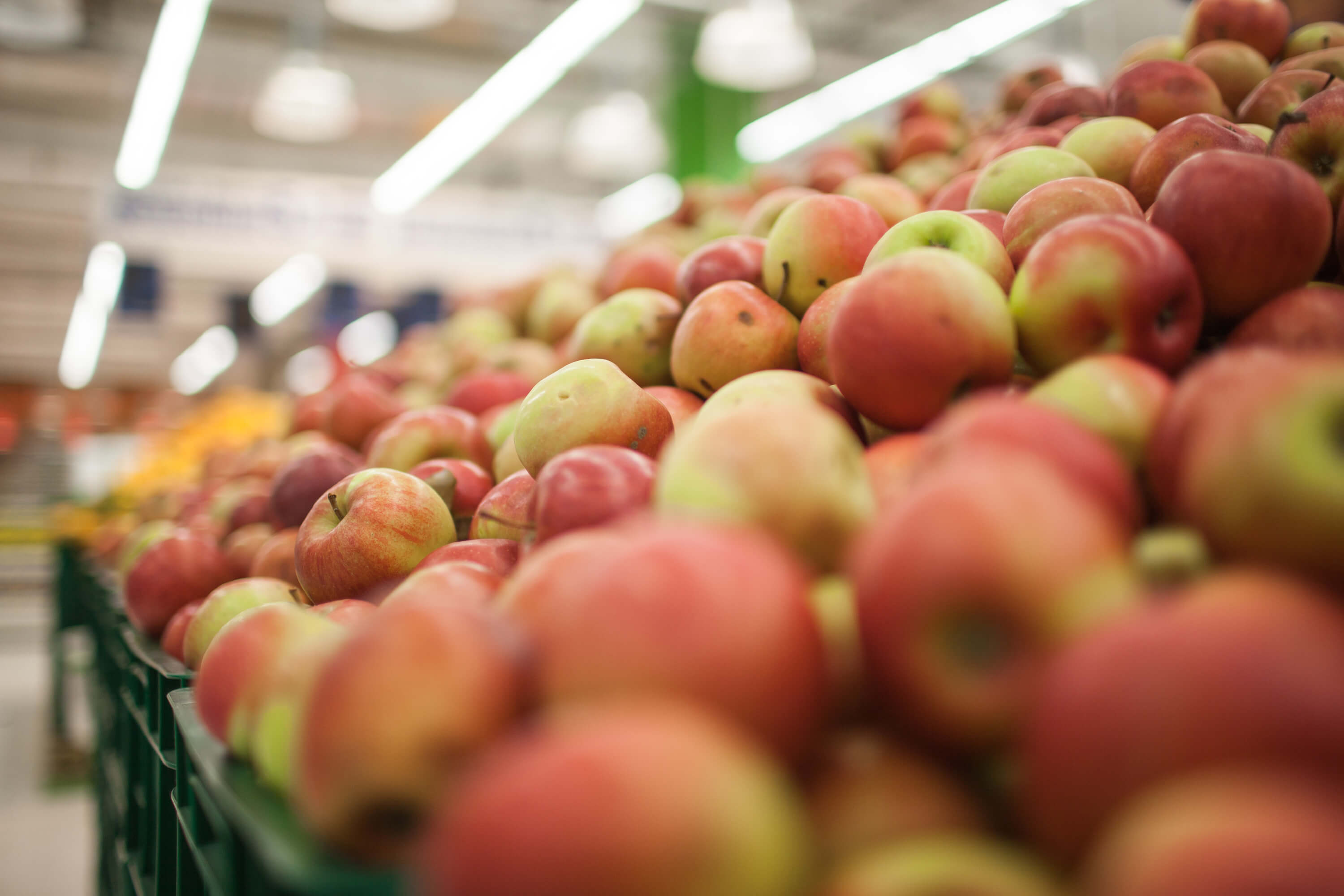If you walked out into an orchard, picked an apple from the tree and rubbed that apple on your shirt, you would notice that it shined − you´ve just polished the natural wax that an apple produces to protect its high-water content. Without wax, vegetables and fruits, like apples, would lose their vital crispness and moisture, eventually leaving them soft and dry.
Why is wax important?
Fresh fruits and vegetables contain 80 percent to 95 percent water. Since they are living andbreathing, they constantly lose moisture through respiration and transpiration. To protect themselves against shriveling and nutrient loss caused by loss of moisture, apples secrete their own natural wax covering.
After harvest, apples are washed and brushed to remove leaves and field dirt before they are packed in cartons for shipping to your local market. This cleaning process removes the fruit´s original wax coating, so to protect the fruit many apple packers will re−apply a food-grade wax or edible coating. One pound of wax may cover as many as 160,000 pieces of fruit; two drops is the most that covers each apple.
The natural wax produced by apples, coupled with the additional food-grade coating added after the washing process, helps to protect the fruit from microorganisms that otherwise could enter the apple.
What is the standard for edible wax coatings on apples?
Waxes are all made from natural and food-grade ingredients and are certified by the Food and Drug Administration to be safe to eat. They come from natural sources including carnauba wax from the leaves of a Brazilian palm, candelilla wax derived from reed−like desert plants and less than two percent from food−grade shellac, which comes from a secretion of the lac bug found in India and Pakistan. These coatings are also approved for use as food additives for candy and pastries.
The history of wax on produce
Wax has been used on fruits and vegetables since 1924, when researchers first discovered it was excellent for preventing moisture loss. Research conducted since the early 1950s has consistently shown that the coatings used on apples slows moisture loss, respiration and protects crispness. In the most recent study, conducted by the Department of Agriculture, uncoated apples held at room temperature soften far faster than their coated counterparts.
Edible coatings do not easily wash off because they adhere to any natural wax remaining on the fruit after cleaning. Coated produce can be scrubbed with a vegetable brush briefly in lukewarm water and rinsed before eating to remove wax and surface dirt (but using detergents on porous foods likeapples is not recommended!)
Talking Points
- Wax naturally occurs, covering high-water content vegetables and fruit, like apples, to helpprotect the produce from moisture loss.
- Wax protects apples from shriveling and nutrient loss. Without it, apples would lose their crispness and firmness.
- Wax also protects apples from microorganisms that otherwise could enter the fruit.
- Since apples lose their natural wax coating during the cleaning process following harvest, apple packers will re−apply a natural, food-grade wax coating to continue to protect the fruit.
- One pound of wax may cover as many as 160,000 pieces of fruit; two drops is the most wax coating that covers each apple.
Wax has been used to coat and protect freshness of produce since the 1920s and are certified by the Food and Drug Administration to be safe to eat.








